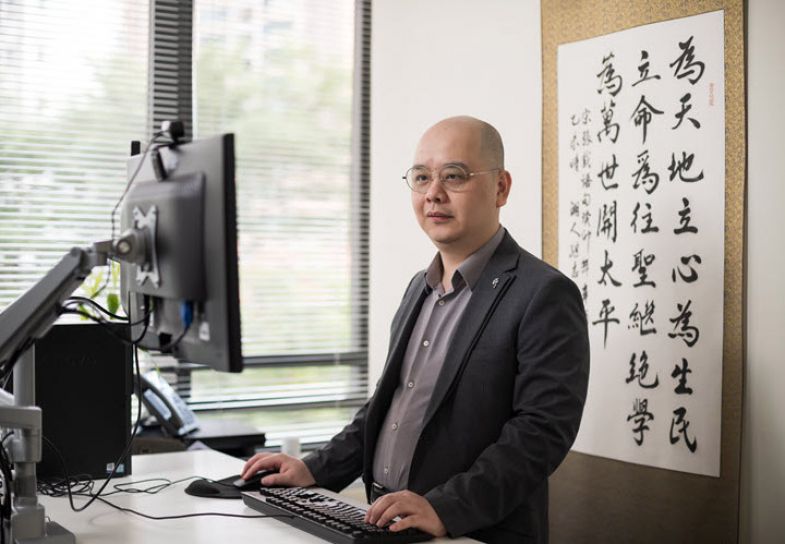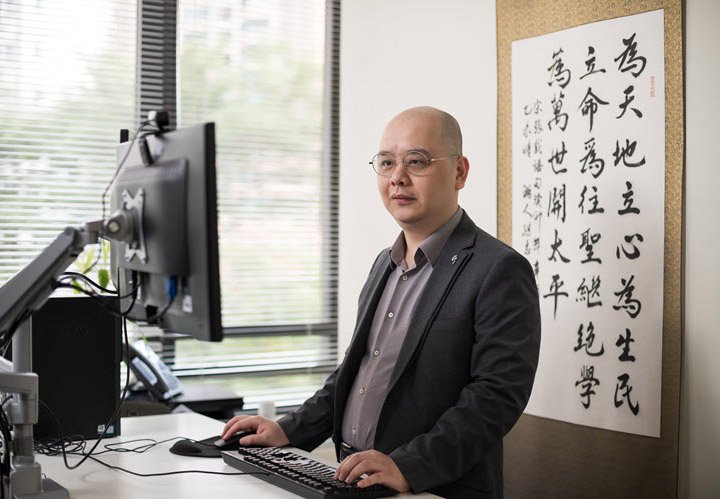
Researchers at Lingnan University strive to bridge the knowledge gap between the latest AI technologies and research fields such as medicine and education.
Xie Haoran, head of the School of Computing and Decision Sciences at Lingnan University in Hong Kong, says there is a “knowledge gap” between cutting-edge artificial intelligence (AI) technology and research in other fields.
“Many researchers in non-technical fields do not have sufficient knowledge or expertise to apply artificial intelligence (AI) and other technologies to their research,” he says. Lingnan University stands out as a liberal arts university committed to integrating the latest technology into all fields of study. “This is about digital inclusion and including all researchers in this new era.”
Mr. Xie holds two PhDs in computer science and education and is working on several interdisciplinary projects. In one project, Xie and his collaborators are applying her AI to health data to improve treatments for patients suffering from depression.
Transcranial magnetic stimulation (TMS) is used to treat severe depression when other types of interventions have not worked. It uses a magnetic field to stimulate nerve cells in the patient’s brain. “These devices have many configurations and parameters, such as how often they are used and how long they are used,” he says. TMS can be an expensive treatment, so through AI and data he can optimize the use of TMS, freeing up device time and making treatment more accessible and personalized. can.
Xie and his collaborators in Australia and Hong Kong are applying AI algorithms to patient data and TMS usage data. “We use AI to understand patient profiles and identify similar patients for physicians to refer to,” he says. Xie and his team hope to provide doctors with further evidence to guide treatment of these mental health conditions.
Mr. Xie’s research on innovation extends beyond healthcare. He also looks at how AI can enhance educational research and increase the accessibility of educational resources. Xie and his colleagues developed and patented a prototype system that creates personalized vocabularies and learning paths. He says one of the most difficult aspects when learning a new language is vocabulary. “Students come from different backgrounds and have different levels of vocabulary knowledge,” he says. His team uses his AI to create personalized e-learning content for students. This project won a gold medal and an international special award at the 7th International Invention and Innovation Competition held in Canada in 2022.
“We are trying to combine cutting-edge technologies in AI data science and big data with social science,” says Xie. We are also promoting interdisciplinarity outside of the university. Xie is the editor-in-chief of three Elsevier journals. Computers and Education: X Reality; Natural Language Processing Journal; and Computers and Education: Artificial Intelligence. “I want to spread interdisciplinarity all over the world,” he says. “There is a huge gap between modern technology and other areas of research.”
Despite spending much of his time working on projects that combine new technologies with other disciplines, Xie insists it’s important to stay up to date with the latest research. You can get that opportunity by participating in multiple journals. He confirms that certain parts of his research are “purely about his AI models.” “Today, technology is evolving rapidly,” he says. “If you don’t keep up, you’ll soon start falling behind.”
learn more About Reinan University.

